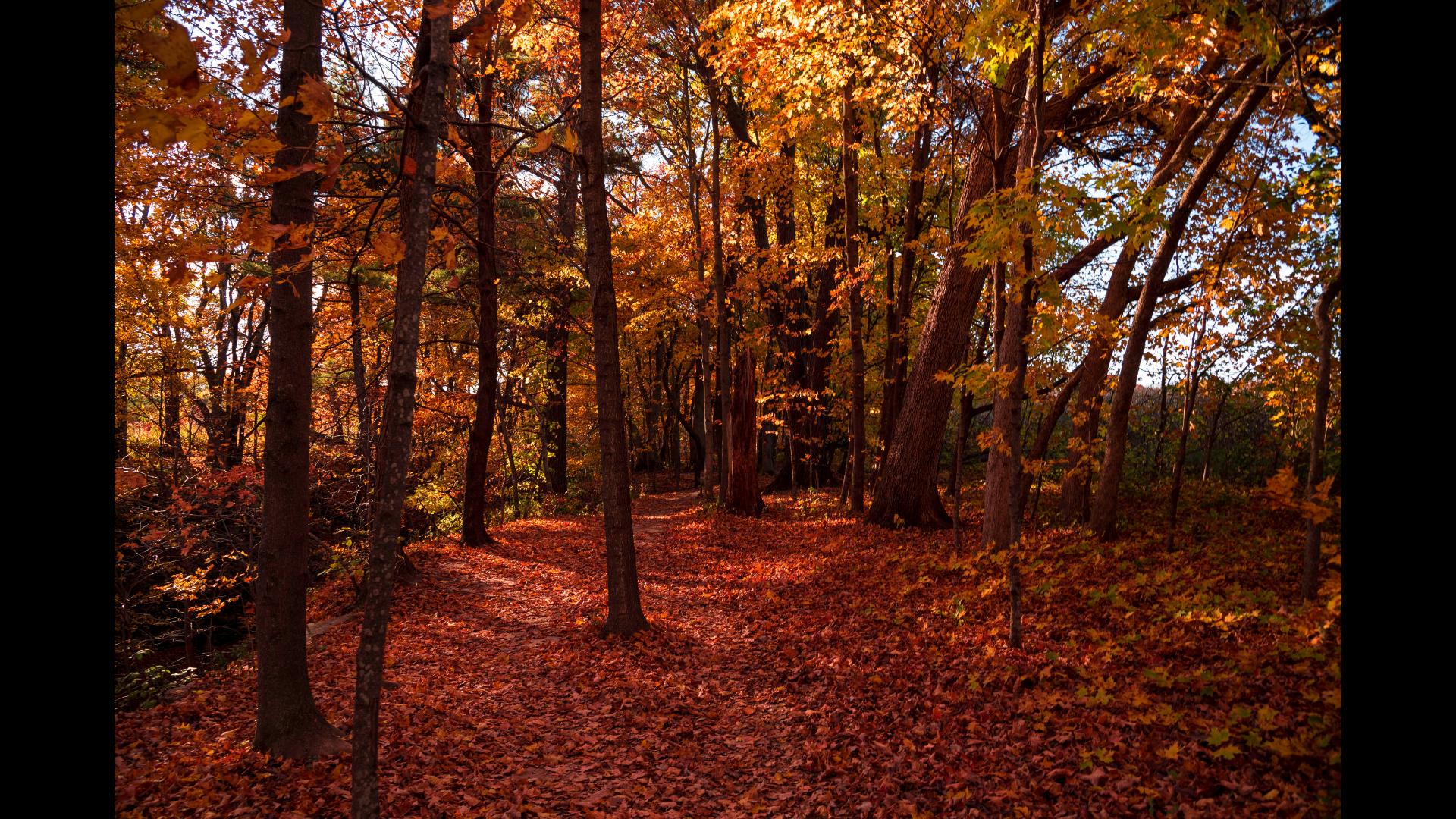
Ahhh, summer. How quickly it passes. This feels particularly true for summer 2021. Covid-19 required us to be inside during the cooler months. So, this summer was our chance to get outside and change up our scenery. But, as it’s said, when we’re having fun, time flies.
As the seasons change from summer to fall, and fall to winter, our mood may change, too. It’s normal for people to feel down as the days get shorter, and there is less sunlight. But sometimes, these mood changes can negatively affect our daily functioning. This is known as Seasonal Affective Disorder (SADS). While we cannot control the seasons, we can learn healthy ways to cope with SAD.
Symptoms of Seasonal Affective Disorder
For those of us who don’t live where it’s sunny year-round, it’s common for SAD to happen at the beginning of fall. It typically lasts until spring. SAD symptoms are like those of major depression but happen on a cyclical basis each year.
- Feeling down or sad
- Appetite changes (over-eating or under-eating)
- Trouble thinking or concentrating
- Low self-esteem or feeling hopeless
- Sleep disturbances
- Feeling tired
- Isolating from loved ones
- Feeling physically slow, or overly stimulated
- Loss of interest in pleasurable activities
How to Treat Seasonal Affective Disorder
Talk therapy
Talk therapy (commonly called psychotherapy) may be helpful for dealing with SAD. Specifically, cognitive behavioral therapy (CBT) is popular. It helps us identify harmful thinking patterns and beliefs and replace them with useful ones. CBT has been adapted for SAD (called CBT-SAD). It uses a technique called behavioral activation. This helps us brainstorm, and engage in, fun activities during difficult seasons. Become a UCA member to access a 24-hour counseling hotline with a master’s level therapist.
In addition to therapy, it is important that we have a network of supportive loved ones. This allows us to speak about our feelings in a safe way and ask for help when we need it.
Light Therapy
It’s believed that exposure to light eases SAD symptoms. Light boxes are made to mimic outdoor light. They should offer at least 10,000 lux of light and have a UV filter. To use a light box:
- Use it first thing in the morning for 30 minutes.
- It’s important to sit in front of it correctly. Follow the manufacturer’s directions for sitting distance.
- Keep eyes open, but don’t stare directly into it. Traditionally, sunlight enters the eyes and helps regulate the wake-sleep cycle. It helps control melatonin (sleep chemical) and serotonin (“feel good” chemical). A lack of sunlight may cause the body may produce too much melatonin, and not enough serotonin. Then, we feel tired and sad. Light therapy helps keep these chemicals level.
Medication for Seasonal Affective Disorder
Medication is often the first course of action for treating depression. As mentioned, low serotonin can lead to feelings of sadness. Antidepressant drugs help increase serotonin (and other chemicals responsible for mood) in the brain.
There are many antidepressant medications available. Selective serotonin reuptake inhibitors (SSRIs) are common. It may take trial and error before the best choice is identified. These medications are only available by prescription. We should speak with our doctor to determine the best drug treatment options.
Exercise for Seasonal Affective Disorder
It may be hard to exercise when we’re dealing with depression. But exercise is an effective way to boost mood. Vigorous exercise releases endorphins, which can cause pleasant feelings and euphoria (aka runner’s high). It also enhances sleep quality.
Further, frequent exercise promotes growth of nerve cells in the brain. This allows new connections to form, which boosts brain performance. New pathways are created in the hippocampus (the brain region that controls mood). This helps ease the symptoms of SAD. The transition from long, sunny days to short, dark ones can be tough. It’s normal to feel low during this period. However, if we feel so down that it’s hard to get through the day, we may be experiencing Seasonal Affective Disorder. With pandemic fatigue, the changing seasons may be extra challenging this year. But solution exists. We can take actions to cope with SAD, until we can soak up the sun once more.
Citations
https://www.nimh.nih.gov/health/publications/seasonal-affective-disorder
https://www.camh.ca/en/health-info/mental-illness-and-addiction-index/seasonal-affective-disorder
https://www.psychiatry.org/patients-families/depression/seasonal-affective-disorder
https://www.health.harvard.edu/mind-and-mood/shining-a-light-on-winter-depression



